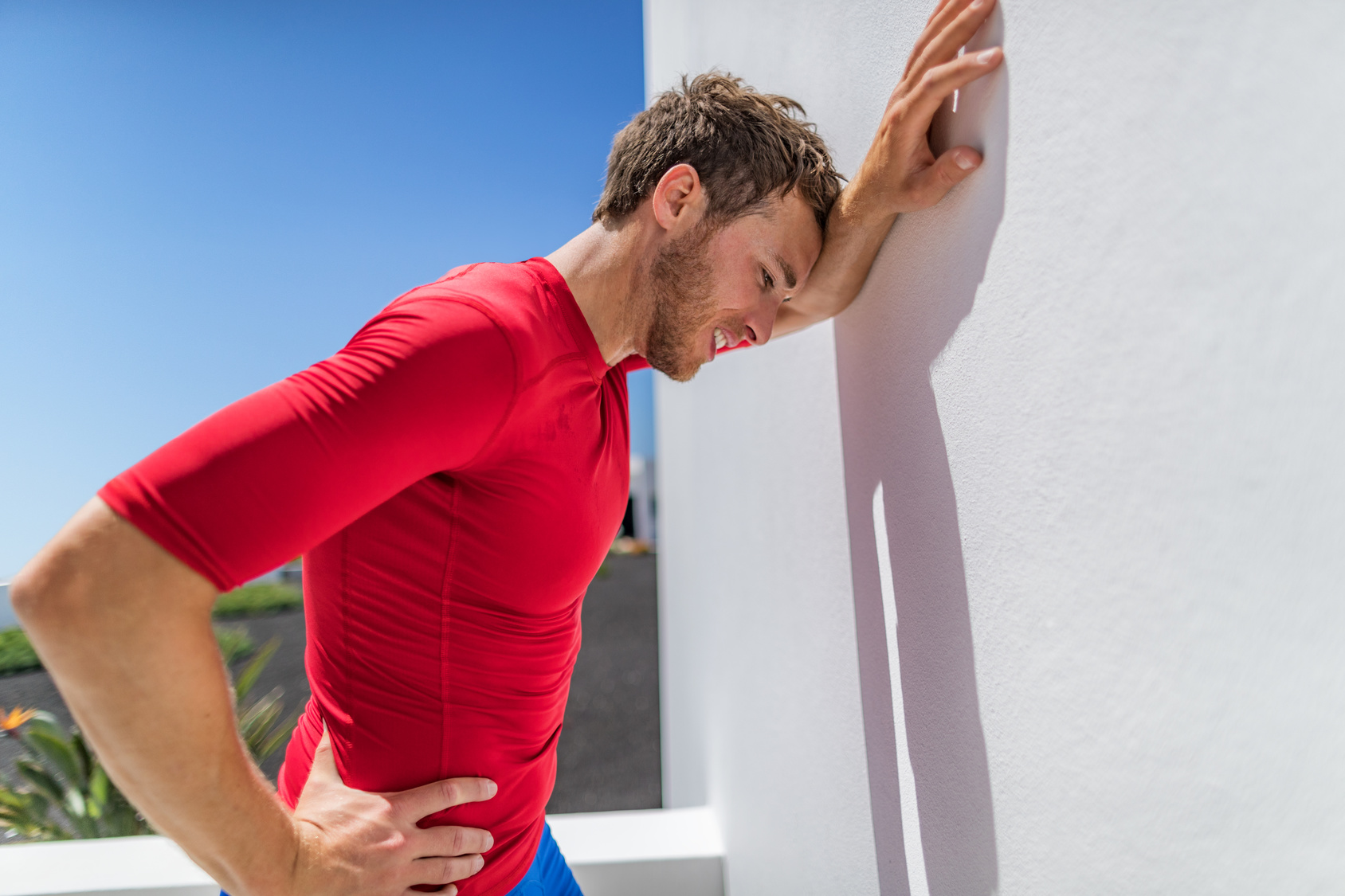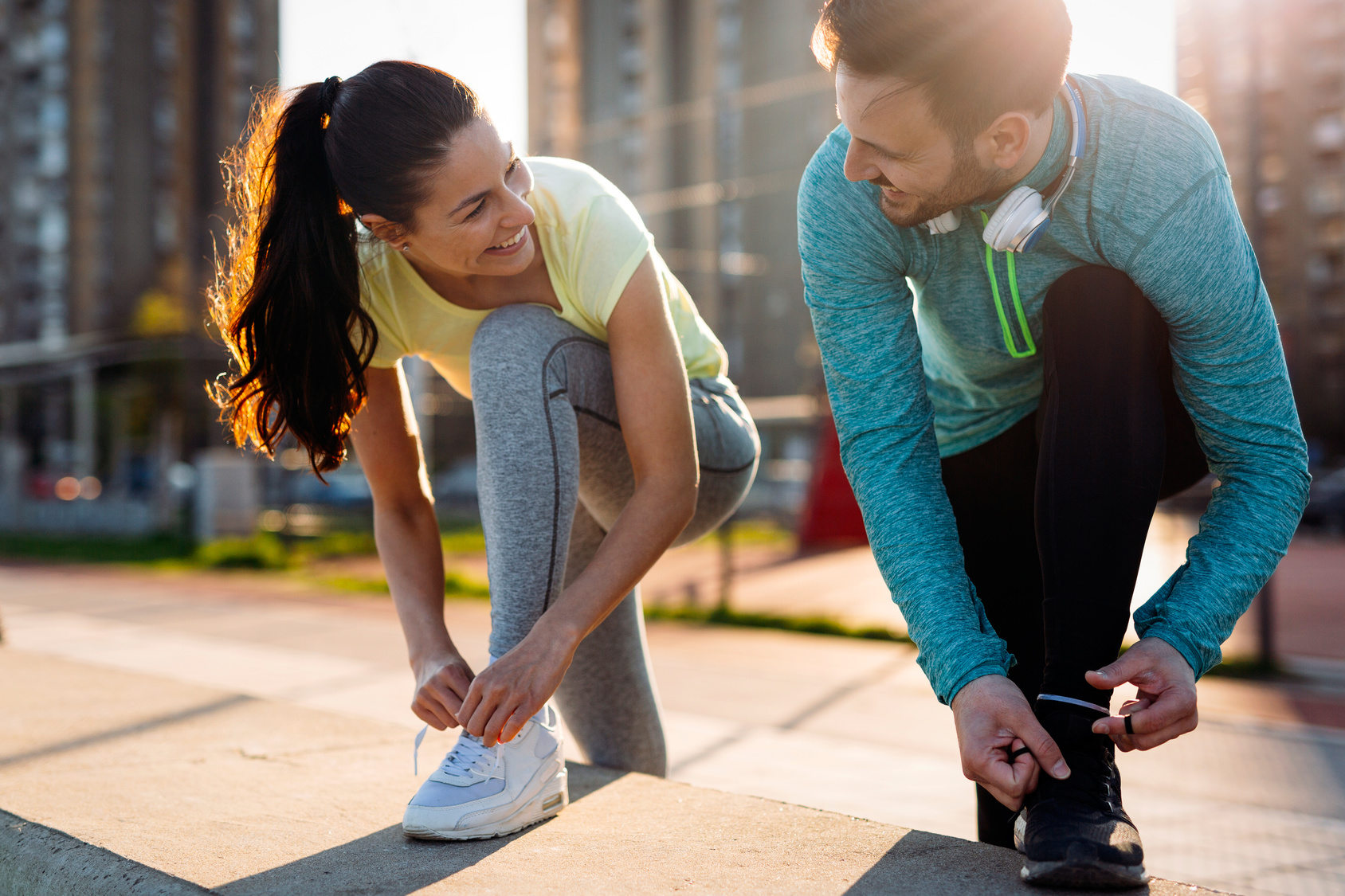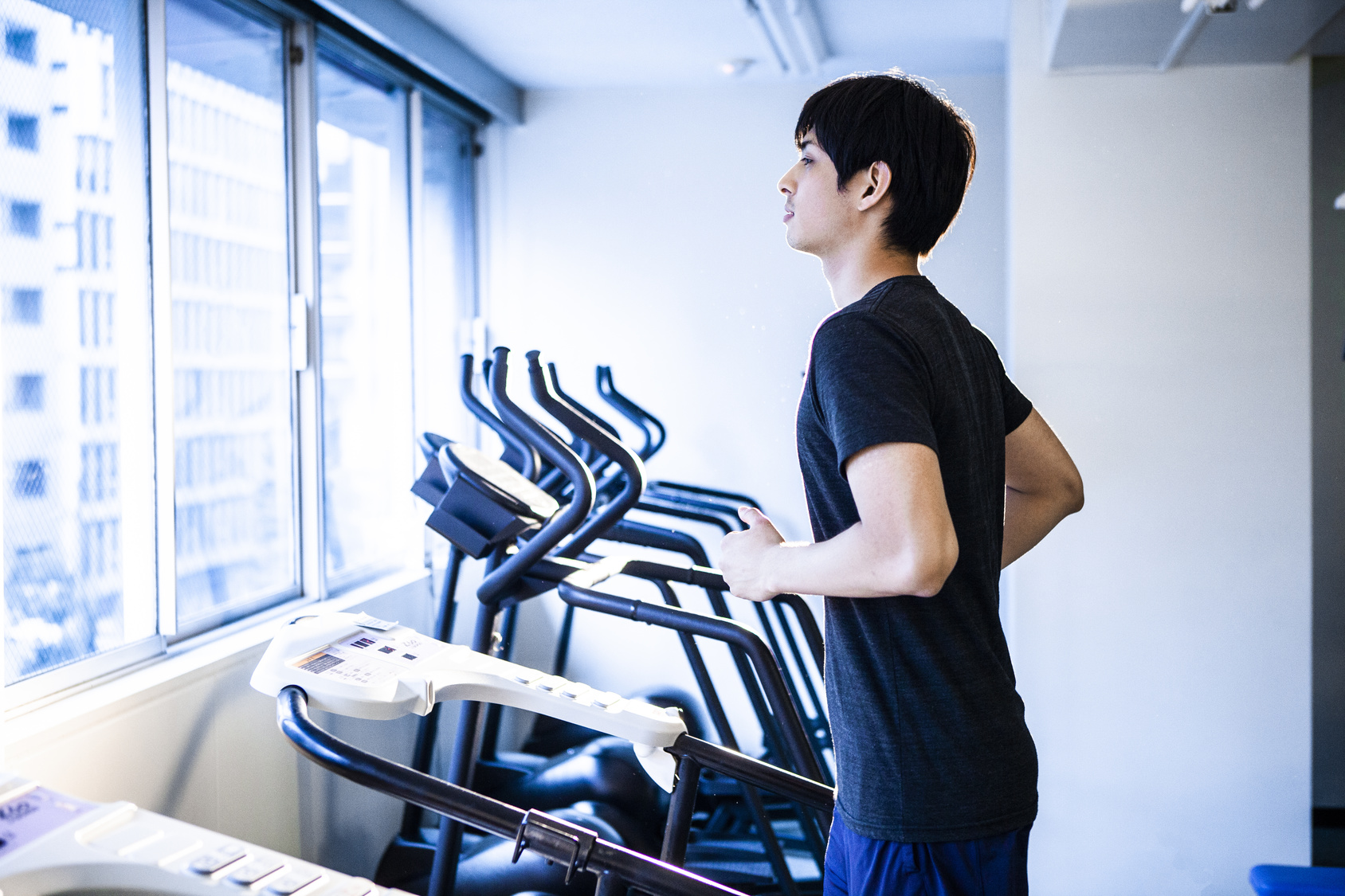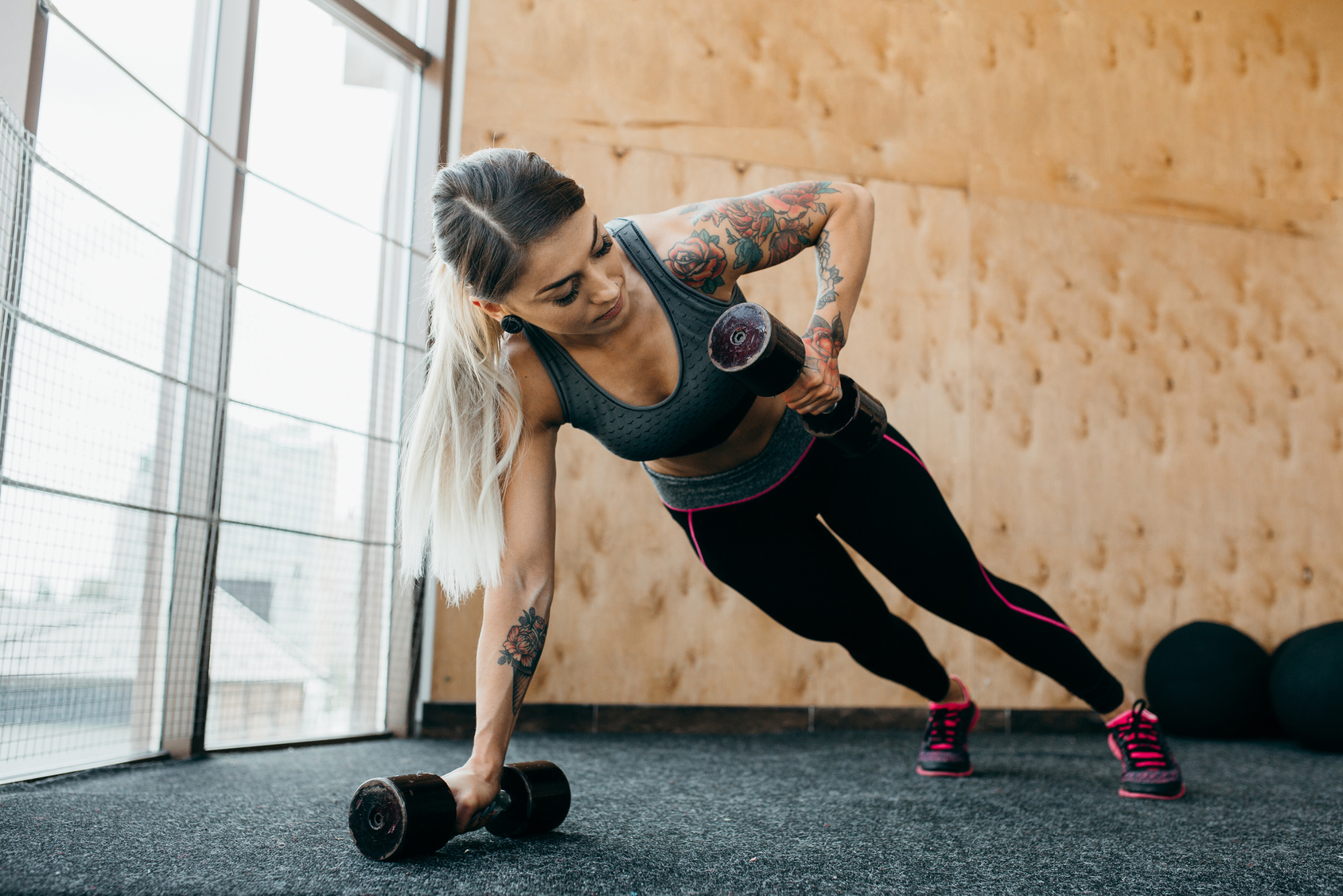Are you curious about setting a realistic goal time for your 10K run? You’ve landed in the perfect spot!
As someone who’s been through the journey from a first-time 10K runner to a more seasoned one, I understand the importance of setting achievable goals. It’s not just about the clock; it’s about aligning your goal with your current fitness level and aspirations.
The perfect goal does more than just give you something to aim for. It’s the secret sauce that keeps your training spicy and your motivation high and ensures that when you blaze across that finish line, you’ll be punching the air in triumph, no matter what time the clock shows.
In this post, we’re diving deep into the world of average 10K times. Stick with me, and by the end, you’ll be in the know – understanding not just the typical 10K finish times but also the key factors that can speed you up or slow you down.
Sounds like a good idea?
Let’s dive in.
What is The 10K
Also known as a 10-kilometer race, the 10K is a long-distance running event covering 10 kilometers or approximately 6.2 miles. It’s a popular distance among runners of all levels, from beginners to elite athletes.
Why? Well, in my experience, the 6.2-mile race strikes a perfect balance. It combines the endurance needed for marathons with the speed demanded by shorter races like 5Ks. For me, it’s the sweet spot of all running events.
What’s A Good 10K Time?
“What’s a good 10K time?” Ah, the question that echoes in every runner’s mind! But here’s the thing – there’s no one-size-fits-all answer. See, ‘good’ is such a personal term in the running world. For some, cracking a sub-60 minute 10K is a dream come true, while others aim for a blistering sub-40 minute time.
It’s all about perspective. Different runners, different aspirations, different definitions of success. From my journey, I’ve learned that your ‘good’ time should be about outdoing yourself. Set a personal goal, train for it, and when you achieve it, that’s your moment of triumph. It’s about pushing your limits, reaching new heights, and reveling in your own progress. That’s the beauty of running – it’s a love affair that keeps growing with every step.
But, if you’re into numbers and looking for a more concrete benchmark, let’s dive into what the average times look like.
Can’t run a 10K yet? Try this couch to 10k plan or this sub-60 minute 10k program.
The Average 10K Time
When we talk about average times for a 10K, remember there’s no universal standard. For beginners, a lot depends on factors like fitness level, age, past injuries, and the fervor with which you approach your running goals.
In the United States, average times for beginners by gender are:
- Men: Around 53 minutes.
- Women: Approximately 63 minutes.
These figures are just starting points. They’re not rigid benchmarks but rather general indicators of what you might expect as you embark on your 10K journey. As a beginner, your focus should be on personal progress.
Concentrate on improving your performance rather than fixating on these averages. With dedication and consistent training, you’ll likely see your 10K time improve significantly.
Here’s the kicker: regular training can lead to remarkable progress. I’ve seen runners start with average times and then, months later, effortlessly clock in under 60 minutes. For the truly dedicated, joining the sub-40-minute club is a testament to their hard work and passion.
Not ready yet for a 10K? Here’s how to set realistic 5K finish time.
Factors Impacting 10K Time
When it comes to nailing that 10K race time, it’s not just about lacing up and hitting the pavement – trust me, I’ve been there! There’s a whole bunch of factors at play, each one adding its own unique flavor to your running journey. Understanding these elements is crucial to setting achievable goals and crossing that finish line with a sense of victory. Let me walk you through a few key factors:
- Fitness Level: Your current fitness level is like the foundation of your 10K house. It’s a huge determinant of your race time. I’ve noticed that the more I run and engage in endurance training, the better my times get. It’s a straightforward equation: more fitness equals faster times.
- Age: Ah, the age factor. Yes, it does play a role. Generally, younger runners might have an edge due to higher levels of fitness and quicker recovery. But hey, don’t let that dishearten you. I’ve seen many seasoned runners who give the young guns a run for their money!
- Training: The way you train is like the recipe for your 10K success. The consistency, intensity, and type of training are all crucial. A well-rounded plan that includes speed workouts, long runs, and essential rest days can significantly enhance your performance. It’s like cooking a gourmet meal – you need the right ingredients in the right amounts.
- Motivation: Here’s a big one – motivation. It’s the fuel for your running engine. Highly motivated individuals often push harder, both in training and on race day. I always try to keep my motivation high, as it directly impacts my performance. Remember, the mind runs the body.
- Injury History: Last but not least, if you’ve had running-related injuries, like I have, managing them effectively is key. Proper rehabilitation and preventive measures are essential. Ignoring injuries can seriously hamper your training and race-day performance. It’s like trying to run with a flat tire – not a smooth ride!
10K Race Pace Chart
Ready to tackle a 10K race but unsure of your finishing time? This 10K pace chart predictor can help you estimate your maximum potential. Think of it like a crystal ball, showing you a possible future, but keep in mind that it’s not set in stone. You may exceed it and reach new heights or fall short and learn from the experience. Either way, give it your best shot and aim high.
Remember – This is only a prediction of your maximum potential—glorified fortune-telling—. It might not be the reality on the ground.
If somehow you can pass it, kudos to you.
But don’t feel discouraged if you miss it.
Additional Resource – Here’s your guide to cross-country running
Average 10K Times Based on Age & Gender
Age and gender can affect your 10K time, but don’t let them limit you. A study by Run Repeat found that younger runners tend to have a faster average pace than older runners, but that’s not a rule set in stone. You can still defy expectations.
According to the same study, the average competitive 10K time in the U.S. is around 58 minutes for men and 1 hour and 6 minutes for women.
But what does “competitive” mean, anyway? It’s a relative term, depending on your context and goals. For some runners, finishing a 10K is already a huge achievement, regardless of the time. For others, aiming for a podium or a personal record is the ultimate goal. Where do you stand on this spectrum? Find your sweet spot and chase your dream.
To help you visualize your potential, the following charts show averages of 10K times by sex and age in the standard format of hours, minutes, and seconds.
World Records and Elite Performances
When we talk about 10K race times, it’s essential to acknowledge the elite performances that set the bar at an astonishing level. These world records serve as a testament to the incredible dedication, training, and talent of elite athletes.
As of now, the current men’s world record for the 10 km distance is held by Joshua Cheptegei of Uganda, who clocked an astounding time of 26 minutes and 11 seconds. That’s an average pace of about 4 minutes and 12 seconds per mile!
For women, the world record belongs to Letesenbet Gidey of Ethiopia, who had a remarkable time of 29 minutes and 1 second.
While world records and elite times are awe-inspiring, they should serve as motivation rather than a source of pressure.
As a recreational runner, your journey is about enjoying the sport, reaching personal milestones, and embracing the sense of accomplishment that comes from setting and achieving your own goals. In the upcoming sections, we’ll delve into practical training tips and strategies to help you progress on your 10K journey, no matter where you currently stand.
So What 10K Finishing Time Should I Aim for Then?
Wondering what finishing time you should aim for in a 10K race? It’s a bit like aiming for a target with a bow and arrow – you want a goal that challenges you, but isn’t so ambitious that it’s out of reach. From my running experiences, the best advice I can give is to aim for a time that suits your current fitness level on race day. Don’t set your sights on a bullseye that’s too far off.
Running a 10K is no small feat – it requires preparation, determination, and stamina. If you’re new to this, like I was once, don’t set a goal that’s too lofty for your first race. Start with something achievable and work your way up. It’s great to have ambitious goals, but biting off more than you can chew can lead to injury or burnout. Trust me, it’s far better to cross the finish line feeling strong and proud rather than injured and disappointed.
What do I consider a good 10K time? It’s like reaching a stunning lookout point on a hike – something around 45 to 50 minutes. This time is an average based on 10K times across various ages and genders worldwide. It’s the sweet spot where you enjoy the view and also feel a sense of accomplishment for making it to the top.
To hit this finish time, aim for a pace of about 8 minutes per mile. Seasoned runners often cross the finish line in under 40 minutes, which is less than 7 minutes a mile. But for beginners, remember, it’s about the journey, not just the finish line. Focus on your own race, pace, and experience.







